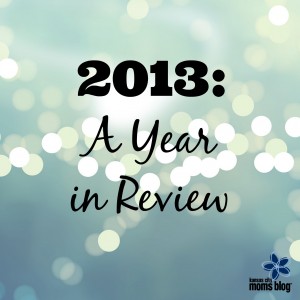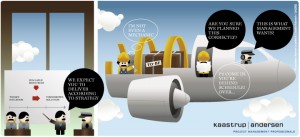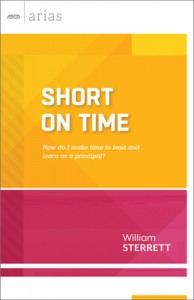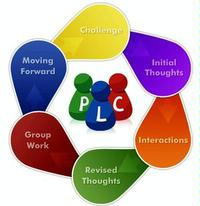
source: www.wauwatosa.k12.wi.us
This year we have transitioned from traditional faculty meetings to Professional Learning Communities (PLC). The reason for this shift is twofold. First, our new evaluation tool requires (if you want to get higher rankings) participation and leadership in a PLC. The second, and more important reason, is that we are ready! But this change did not come over night, it took time!
I want to thank not only my PLN, but also those advisers and mentors who encourage me to push the envelope and try new things. In preparation for this change, I was provided so many tools and resources. I was told to “trust the process” and “empower the staff.” I am so thankful to have a network of stakeholders willing to provide guidance!

source: www.hr-survey.com
Based on our needs, we established PLCs for Math, Language Arts, Technology(these take place during the first faculty meeting of the month) and PBIS, Healthy Schools and Family/Community Engagement (which takes place during the second faculty meeting of the month).
Each of the PLCs has a chair and co-chair that was selected this summer. Yet,anyone can choose to present or take on a leadership role based on their interests. The PLCs have an agenda and are required to record their minutes.
At the end of every meeting, the PLC must do “plus/delta” to conclude their meeting. All minutes are then emailed to me and I send to the entire staff (eventually we will use a tool such as edmodo to chronicle our PLCs but we are not there yet). We are in the infancy of this model but it is clear that we are going in the right direction.
I had leadership goosebumps
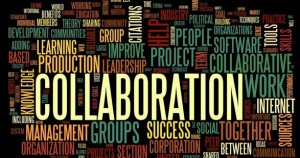
source: blog.speek.com
During our most recent PLCs, I found myself in a really great place. Honestly, I had leadership goose bumps. The conversation was thoughtful, and focused on continuous improvement. Teachers laughed, encouraged each other, discussed data, and made connections. I was impressed by the chairs who provided the framework for action research through their thoughtful integration of best practices, peer reviewed research, and technological resources that could be immediately implemented in the classroom. For instance, the Family/Community Engagement PLC used a tool I was not familiar with… Padlet! They used it to take notes and share their learning. I learned something new! hashtag wow!
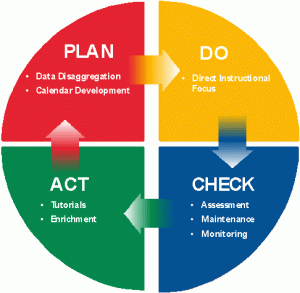
source: www.newcenturyeducation.org
Honestly, we could have never engaged like this last year or the year before…. For one, I wasn’t ready! This transition is purposeful and takes a long time to build the capacity needed. As a principal, coordinating meetings in a de-centralized manner requires you to give up the traditional “control.” For some principals out there, it might difficult to up give that control… yet I see it more about giving control to those who matter most… your teachers!
Eventually, I would like to make these (and all PD sessions for that matter) voluntary. I feel that by giving teachers a choice on how they would like to develop professionally is the key to unlock the potential of true professionals! I can see in the future our staff getting beyond PLCs and creating something new based on their person and professional needs. We are not there yet…. yet!

